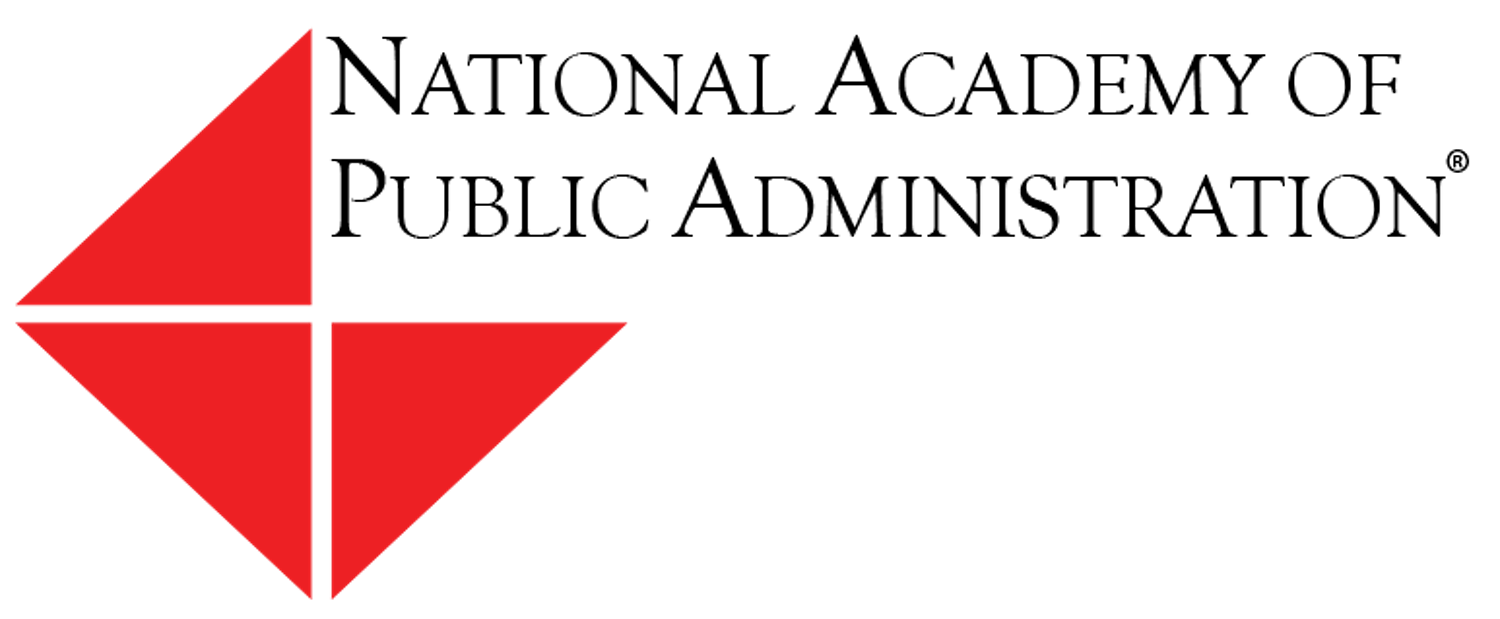
Center for Intergovernmental Partnerships and Center for Accountability, Modernization, and Innovation Offer Recommendations on Modernizing Delivery of Public Benefits
Contact:
Betsy Holahan
bholahan@greatpointstrategies.com
Post Date: June 15, 2023
WASHINGTON, D.C. – The National Academy of Public Administration’s Center for Intergovernmental Partnerships (CIP) and the Center for Accountability, Modernization, and Innovation (CAMI) today offered recommended practices for modernizing the delivery of public benefits, outlined in a white paper and discussed at a 3 PM EDT panel convening (registration).
“For many Americans, social services are the primary point of contact with the government, and federal agencies must work with state and local agencies to improve this customer experience,” said Terry Gerton, President and CEO of the Academy. “This white paper captures this group’s vision of a modernized public benefits system that decenters compliance-based administrative functions and recenters a holistic customer-centric experience—emphasizing efficiency, efficacy, and expediency. It provides a roadmap for policymakers to begin the process of transformation.” As the paper, Modernizing Public Benefits Delivery: How Innovation Can Deliver Results for Eligible Households and Taxpayers, notes, “The pandemic disrupted many government systems, forcing agencies at all levels to find different ways of providing services. In public benefits programs, temporary rules and procedure changes demonstrated that change is possible. With the end of the public health emergency and an executive branch emphasis on improving the customer experience, the door to transformation has opened; now is the time to push through it. A modernized public benefits system would better serve program participants, administrators, policy makers, and taxpayers.” The paper establishes a framework where practitioners at any level of government can take specific actions to improve program outcomes, process delivery, and program effectiveness. It captures key takeaways from a series of roundtables that brought together partners and practitioners to discuss opportunities to modernize the system.
The paper first proposes a set of five principles that both define the desired modernization and outline the values that shape decision making along the way:
1) Adapt quickly to meet current and changing needs.
2) Improve efficiency.
3) Increase accessibility.
4) Enhance accountability.
5) Close the equity gap.
The paper then offers eight practices that describe the processes needed to achieve modernization:
1) Get the right benefits to the right people promptly.
2) Build client capacities and improve outcomes.
3) Steward taxpayer dollars and address a public need cost-effectively.
4) Reduce complex risk and improve program agility.
5) Support innovation.
6) Enable continuous improvement.
7) Promote equity.
8) Build trust across all levels of government.
Finally, the paper describes strategies needed to put the current system on a new path:
1) The client enrollment experience is simplified.
2) Programs are cost-effective and efficient.
3) Data and stakeholder input improve program performance.
4) State and local governments can innovate and receive incentives to do so.
5) States have adequate resources to innovate.
The June 15th panel discussion will feature several participants in the roundtable series, offering insight into the necessity and opportunities for modernization: Rashida Brown, Program Director of Health & Human Services at the National Association of Counties; Doug Howard, Vice President of Human Services at Maximus; Jessica Maneely, Assistant Director of Process Innovation for the American Public Human Services Association; and Academy Fellow and CAMI Board Chairman Stan Soloway, who will moderate the discussion (registration).
Find the full report here.
About the National Academy of Public Administration
Chartered by Congress to provide non-partisan expert advice, the Academy is an independent, non-profit, and non-partisan organization established in 1967 to assist government leaders in building more effective, efficient, accountable, and transparent organizations. Learn more at www.napawash.org and connect at @napawash
About the Center for Intergovernmental Partnerships
Established in September 2021, in recognition that no significant public problem fits entirely within one government agency or even one level of government, the Center for Intergovernmental Partnerships helps identify intergovernmental gaps and serves as a forum for dialogue and problem-solving on those issues across local, state, tribal,
territorial, and federal levels of government. Learn more at www.napawash.org/intergovernmental and connect at @CIP_napawash
###